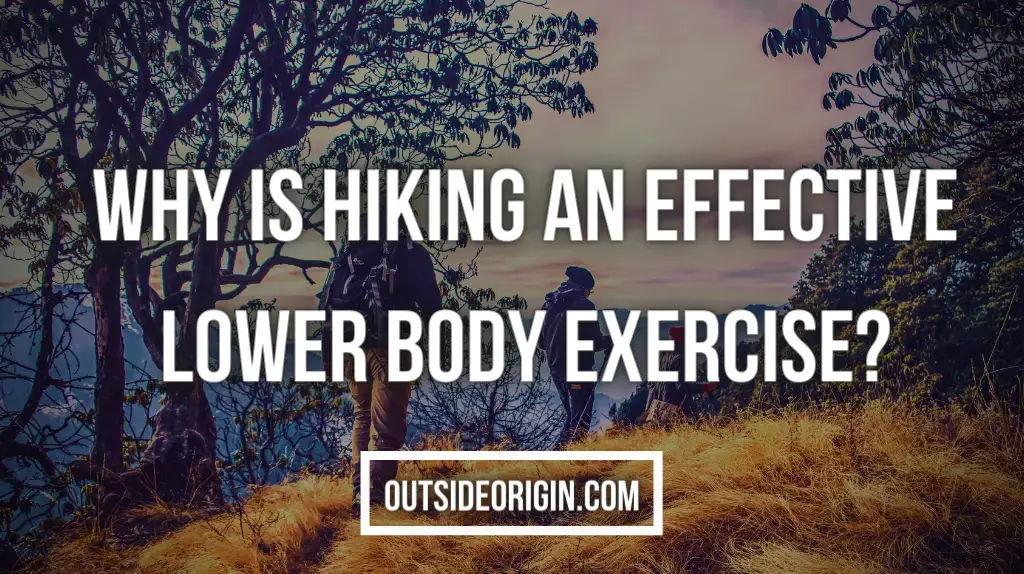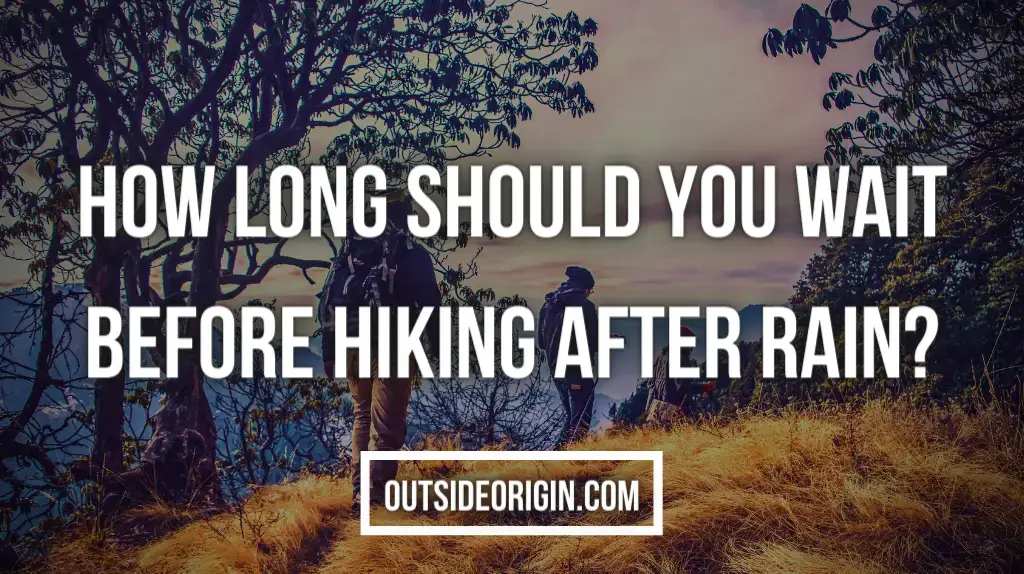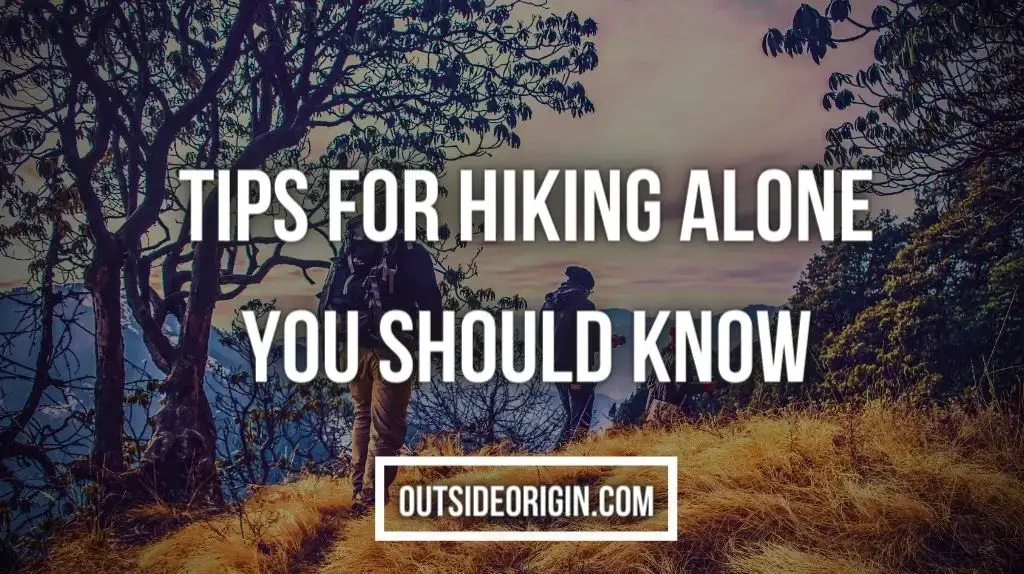If you’re looking for a new way to get in shape, check out our explanation of why hiking is such a great lower-body workout.
Hiking has numerous health benefits for your body. With this method, you can start small and gradually work your way up to more challenging trails as your endurance grows.
Hiking has so many physical and mental benefits that it’s difficult to know where to begin! Here’s a quick look at the advantages:
1. Bone Density
For a variety of reasons, increased bone density can be beneficial to those who regularly walk. One benefit is that it lowers the risk of osteoporosis (brittle bone disease). As we age, our bones weaken, so it’s critical that we do everything we can to keep them strong.
2. Weight Loss
Weight loss can be achieved with any form of physical activity. There are many variables that affect how many calories you burn while hiking, such as the incline of the trail, the type of terrain, and so on. However, you can theoretically burn hundreds of calories during a hike. When it comes to weight loss, a low-impact activity like hiking can be a good place to start.
3. Endurance
Hiking is a great way to increase your overall stamina and strength. It’s important to persevere even if you’re fatigued at first. In spite of the fact that your body is building up stamina as you hike each time, you’ll be able to handle more tough terrain before you even realize it.
Hiking strengthens your bones and muscles, making you more physically fit. It strengthens your core balance, which is beneficial if you wish to engage in other sorts of physical activity as well.
4. Core Strength
Taking a hike is a great way to build core strength. Aside from the physical benefits, this will also improve your balance, making it easier to traverse difficult terrain. As a general rule, a strong core will help you perform better in all kinds of physical activity, as well as ward off back problems.
5. Blood Glucose Levels
Hypertension (hypertension) is a common problem, but it increases your risk of heart disease and stroke. Even a 30-minute walk every day can have a positive impact on your blood pressure, and it doesn’t have to be strenuous.
6. Mental Health Care
Hiking has been shown to have positive effects on one’s mental well-being, as well. ‘Happy hormones’ can be released by any form of activity (endorphins, dopamine, serotonin). As a result, you can savor that post-hike high when you return.
The benefits of being outside also extend to your emotional well-being. Spending time in nature can have a positive effect on your mood, as well as other cognitive advantages.
7. Healthy Heart
If you’re looking to improve your cardiovascular health, hiking is a terrific way to go.
Exercising one’s cardiovascular system:
- Inhibits the heartbeat
- Reduces the damaging effects on your heart of stress chemicals.
- Reduces the strain on your heart by increasing the muscle’s ability to absorb oxygen from the blood.
8. Arms
Taking a trek can help you get stronger arms depending on your hiking style. It is possible to strengthen your shoulders, arms, and upper body by using trekking poles (more on that later).
9. Legs
We know this isn’t a surprise to anyone, but hiking is an excellent way to strengthen your legs! During a hike, all of your leg’s major muscles are worked (quads, hamstrings, calves, glutes). Downhill hikes are ideal for your legs because your muscles will have to work extra hard to maintain your balance.
10. Lungs
Strengthening your lungs can be achieved through hiking. Hiking is a terrific way to exercise your lungs, which is good for your health in the long run. It can improve your respiratory health, hence reducing your risk of developing lung disease.
How Does Hiking Exercise The Lower body?
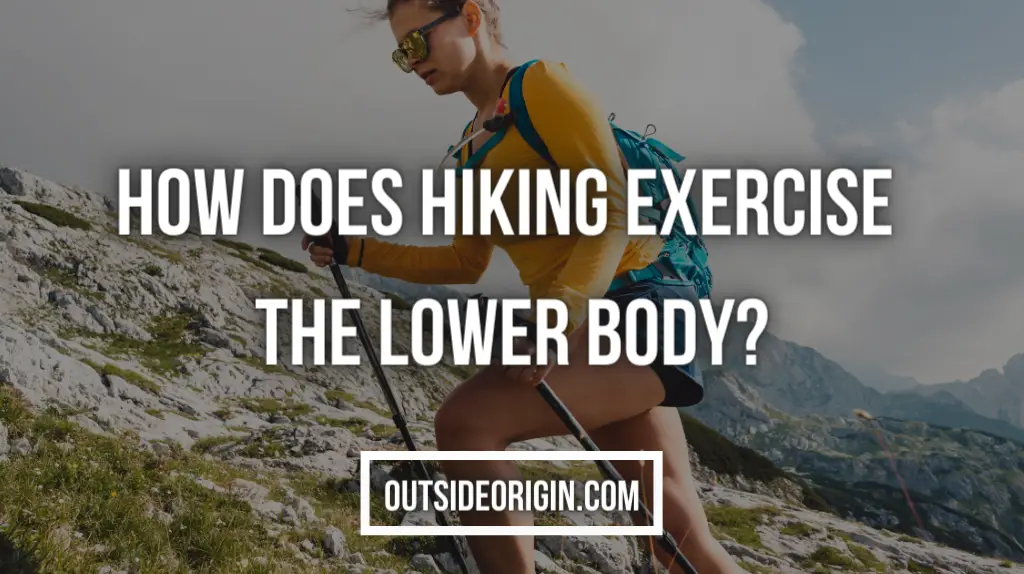
The body descends with each step of a hike. During this movement, the hamstrings straighten out and the glute muscles contract. When you’re climbing a hill, your quadriceps are stimulated to keep your knees from collapsing under you. This means that your calves will have to work hard and you’ll experience pain in your shins when you’re running downhill.
What is the duration of the lower body exercise while hiking?
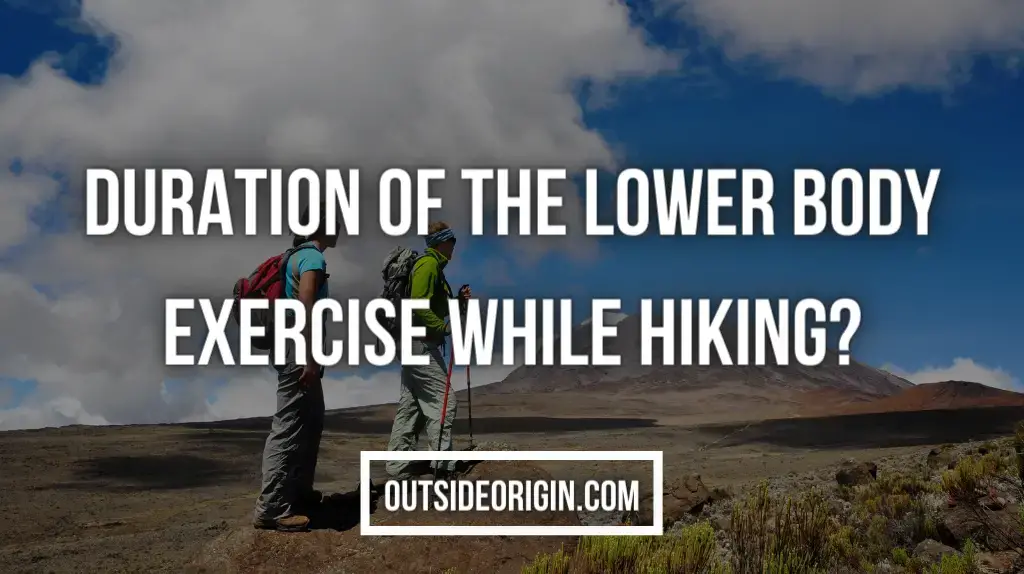
If you’re hiking at a reasonable speed, you can expect to work out your lower body for around an hour. As far as working your muscles goes, every step matters in everyday life. Your lower body gets a workout every time you climb a flight of stairs, a hill, an incline, or any other type of inclination.
When compared to running or jogging, hiking is ideal because it doesn’t necessitate a high level of exertion to keep your muscles functioning and burning. As you hike, your glutes will be under a lot of downward strain, which will give them a great workout.
Additional Physical Advantages Of Hiking?
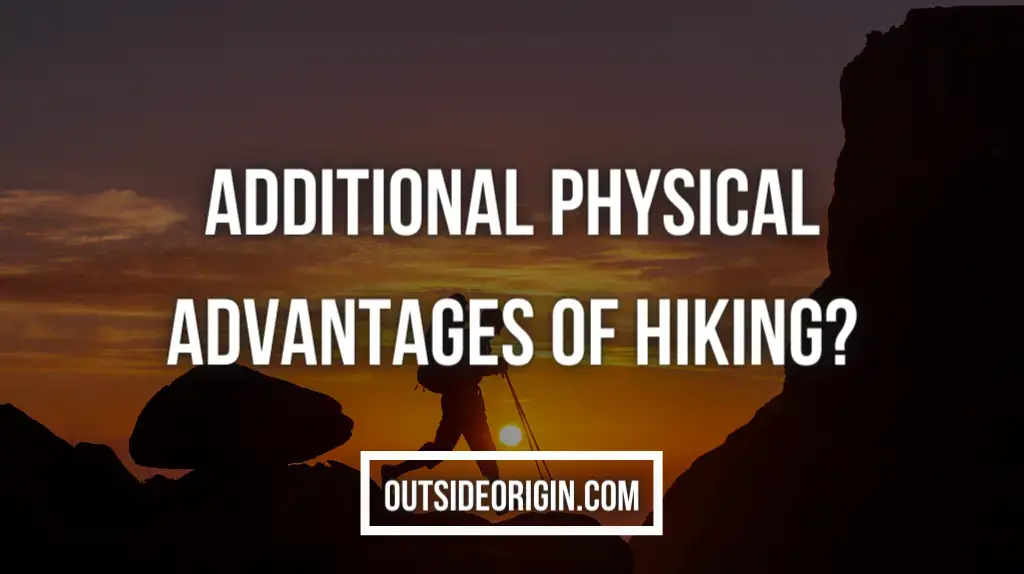
When hiking, your hip flexors and core muscles are also working hard. Hiking, then, is a great way to build cardiovascular endurance and bone strength as well as giving your entire body a good workout. A wonderful technique to lose weight and tone your legs at the same time is by running.
Depending on your speed and the terrain you select, hiking can be either a strenuous or a relaxing workout. It’s crucial to keep in mind that stopping at every rock you encounter is unhelpful when trekking.
Also, just because it’s a lower-body workout doesn’t mean your upper body won’t be challenged. To keep oneself upright while climbing, your arms will have to rely on the same muscles that you use when walking, which means they’ll be working hard.
Muscles of the lower body that are activated while hiking
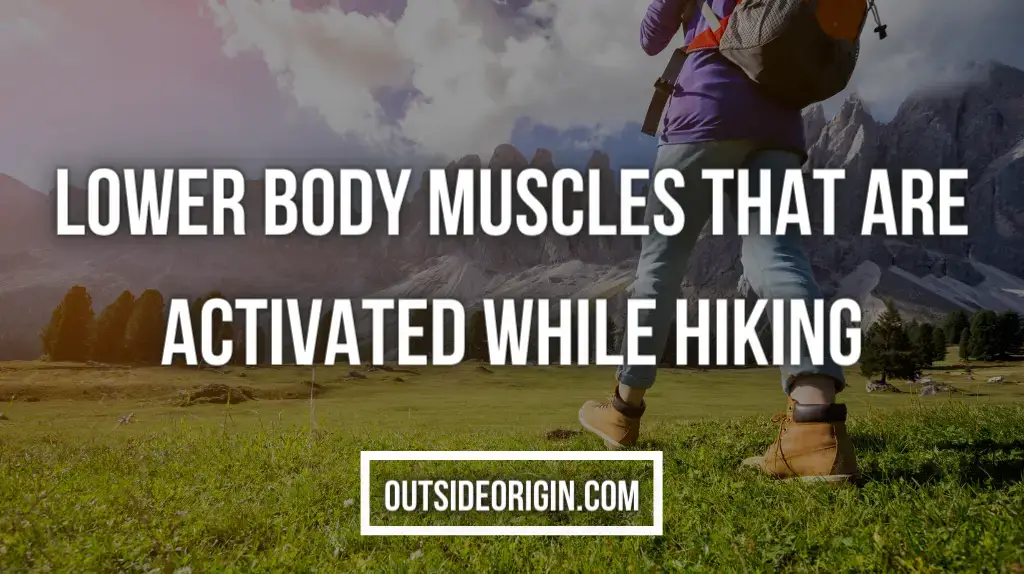
Hiking strengthens your lower-body muscles, which is probably its most valuable perk. Despite the fact that it is not regarded as a sport, this exercise has numerous benefits for the lower as well as the entire body. Like any other form of exercise, begin carefully to avoid overworking yourself. If you’re not an experienced hiker, bring a companion or join a group so that you’ll be prepared in the event of an emergency.
1. Hamstrings
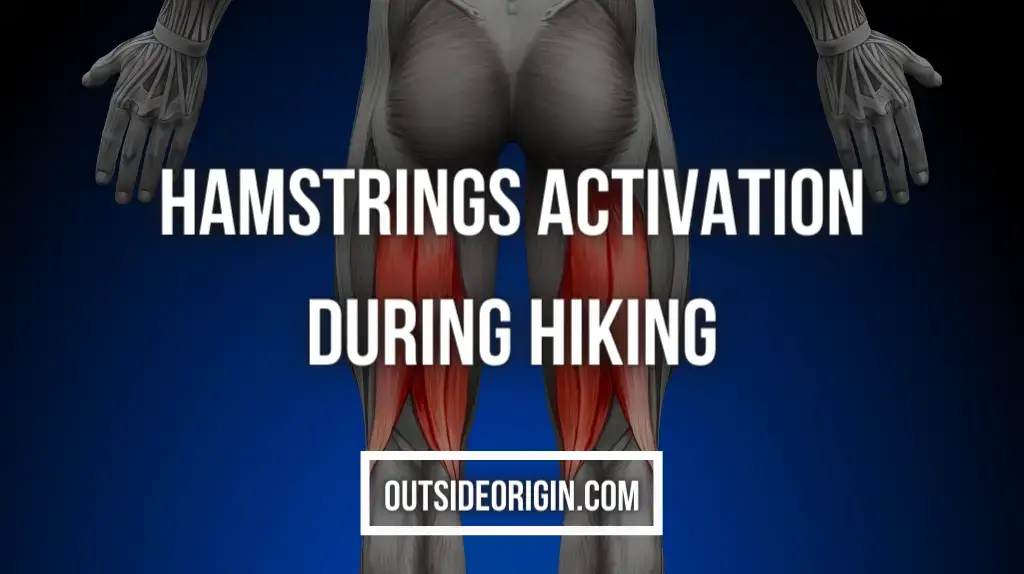
The hamstrings, which are the primary thigh muscles, are frequently activated while hiking. The more powerful your hamstrings are, the more weight you can handle. As the terrain changes, you may find yourself utilizing more of your hamstrings than you expected.
Prepare well in advance by doing thorough study on the terrain you intend to traverse. If you’re planning a hike on soft ground, your heels will sink in and put additional strain on your hamstrings. You should warm up and do some workouts at home to get this muscle ready. In order to avoid injuring this muscle while walking, it is important to take each step with care.
2. Quadriceps
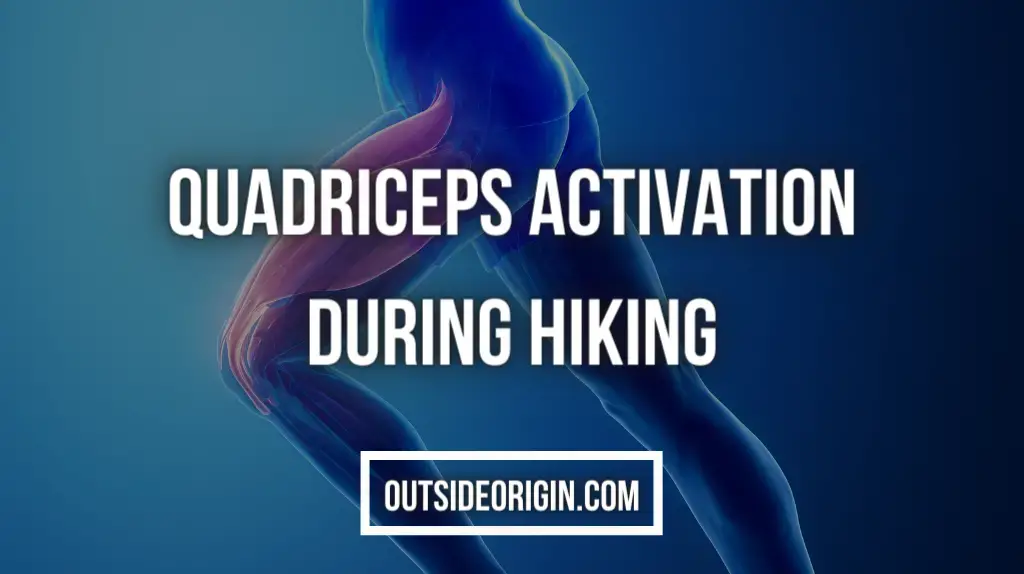
While climbing, your quadriceps muscles, which sit just above your knee, will be most active. You will definitely experience soreness if your body is not prepared for this. Make sure you don’t inflict any unnecessary agony on yourself when tackling these kinds of challenges.
Prepare your body for trekking in order to avoid and prevent injury. A few days of hiking should only be attempted by people who are already regular walkers. Your muscles will be considerably more fatigued if you are carrying a hefty burden, and you may even collapse.
Before embarking on a long journey, take a few small hikes or engage in some light exercise at home. Prepare your body for the long treks by warming up your muscles. It’s going to be useful.
3. Glutes
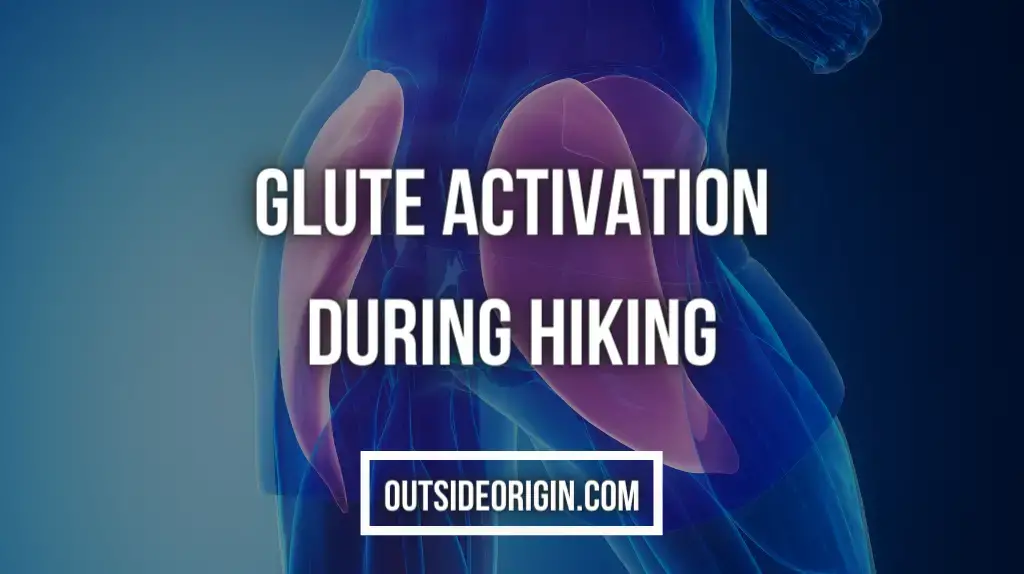
Adding weight to your hike can help your glutes, but only if you’re willing to put in the effort. When you begin, begin with a little amount of weight and gradually increase it. It’d be simple to tuck it away in your hiking backpack.
Hiking may be able to replace all of your aerobic activity, but you’ll have to adapt your pace. In addition, the type of terrain you’re hiking on makes a difference. For example, if you’re trekking on a flat surface with little weight, your glutes won’t be substantially affected. Even without weights, trekking on uneven terrain is beneficial to your glutes.
4. Lower Back
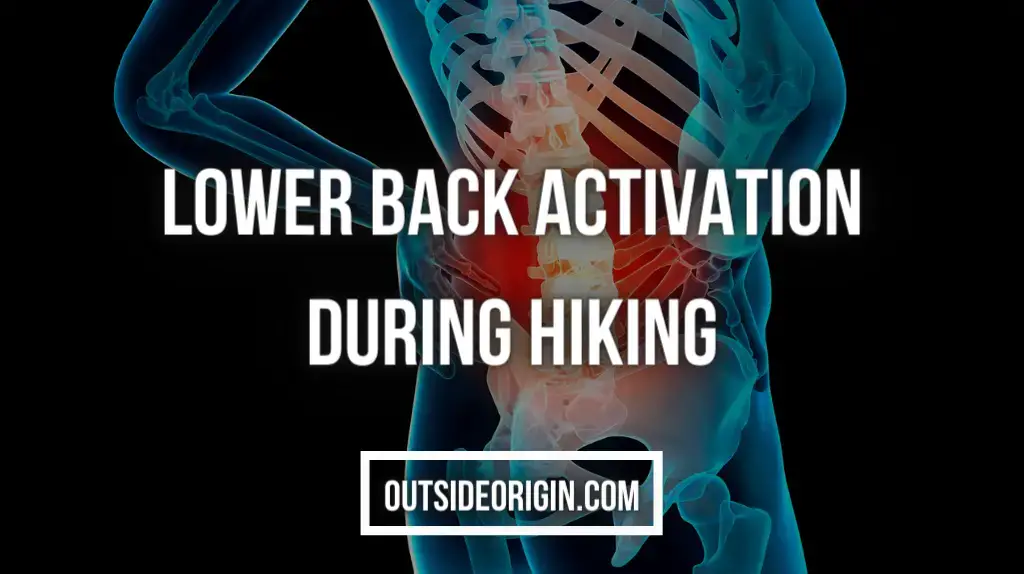
Hiking is a great way to strengthen your lower back muscles if you are looking to do so. A large backpack can put a lot of strain on your lower back, resulting in back pain.
You could injure that portion of your body if you don’t take precautions and don’t pay attention to the pain. As a result, hiking requires that your lower back be in tip-top health. Before embarking on a long excursion, practice your hiking skills by going for short walks or hikes. Begin with light weights and gradually raise the weight over time..
5. Calves
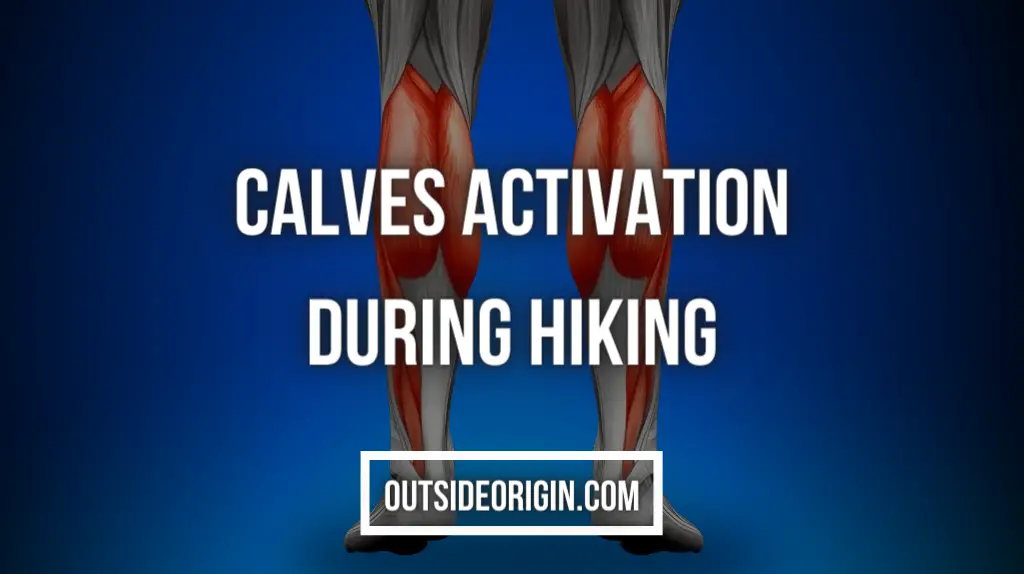
Hiking can also help you form your calves, but most people equate it with climbing. It all depends on the weight and terrain, much like with the gluteus maximus. When walking with a large backpack, your calves will be working harder.
Weights inside the load might help make it heavier if necessary. Even if one calf is stronger than the other, that’s perfectly acceptable. If that’s the case, attempt to focus more on the weaker one.
Conclusion: Final Thoughts!
To summarize, we discussed how hiking is an incredible sport that can significantly benefit your health and lower body balance. There are numerous ways to accomplish this, but you must be prepared in advance.
As previously stated, ensure that you are physically prepared before embarking on a lengthy journey in the woods. Avoid excessive exertion or you risk injuring some portions of your body. Increase the weight of your bag and the distance gradually. If done properly, you will quickly notice the difference.
Can You Do Me A Small Favor?
We have put a lot of time & effort into writing this post to provide you with the best info out there.
It’ll help us out if you could consider sharing it on your social media networks. You are also allowed to take any photo you want from our blog as long as you credit and link back!
Appreciate it! ❤️️
I am Jordan James, I am a writer and researcher over here at Outside Origin. I love spending time in nature and just being outside. I have hiked many trails such as the Appalachian Trail, Pennine Way, Half Dome to name a few.

